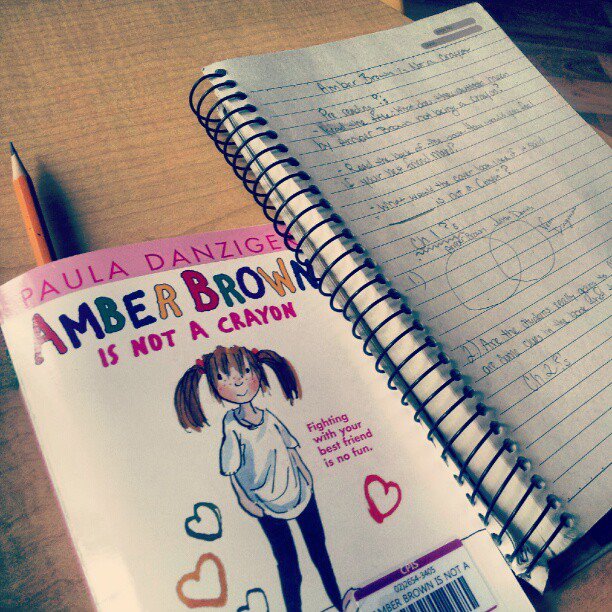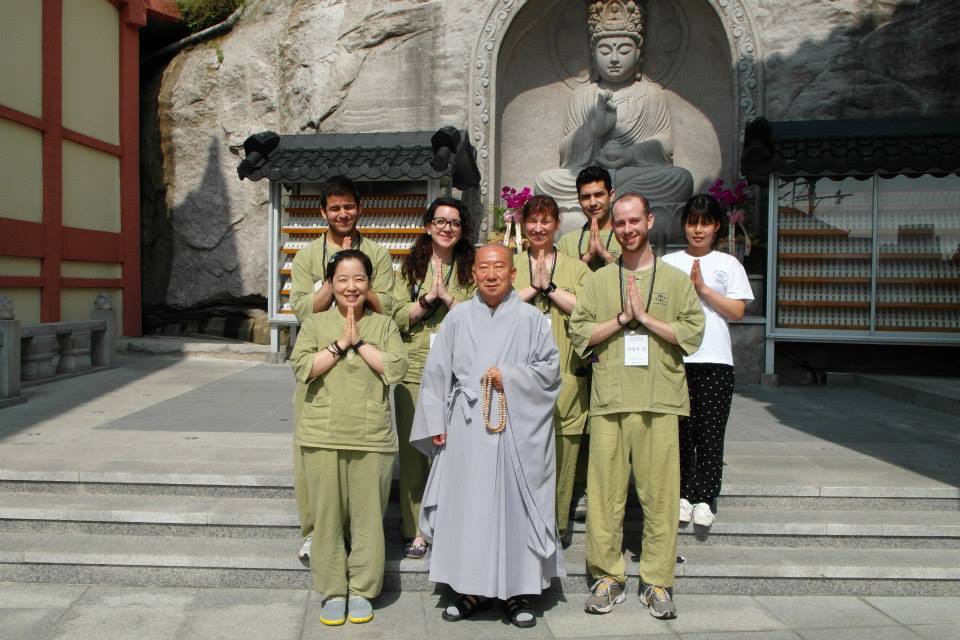Teaching in Korea
How my first years of formative teaching in Seoul helped me become a better educator.
Disclaimer: This is a reflection of only my experience teaching in Korea. Benefits and school quality are what I experienced between 2012 – 2014, and may not be up to date with current trends. Doing a simple Google search can present current processes, pros, and cons. In this case, I will only be sharing my what I think to be positive aspects of teaching in Korea.
I graduated from teachers’ college roughly eight years ago. During my undergraduate years, I was an excellent student. My assignments were top notch, discussions on point, and I studied hard into pedagogy developing what I thought was best teaching practice. However, I didn’t really know what teaching was. I didn’t understand the importance of building relationships in the classroom, developing classroom culture, assessment practices, and classroom management. I was also young – barely 22 – and wasn’t very mature for my age. During my final semester of my undergraduate degree, I took advantage of an opportunity to teach abroad through DoDEA on a small military base in Heidelberg, Germany. The school was tiny – barely 90 kids. My classroom was also very well resourced, massive in size, and only contained 12 students. You’d think it would be a cakewalk, right?
Wrong.
I’ll never forget when the coordinator for my DoDEA student teaching (essentially my proctor) told me these words;
“You just don’t seem to love teaching enough.”
I’ve only ever opened up about this with my close family and husband, but I almost failed student teaching. I struggled with managing my classroom. My lessons were disorganized and my rapport with students was poor. It was clear enough that I had no idea what I was doing, even after my first two to three months of teaching. Thankfully, my cooperating teacher convinced my proctor to pass me as I was graduating in a few short weeks. So, he passed me, I graduated, and then I started interviewing.
Y’all, I can’t begin to tell you how brutal these interviews were. I was so inexperienced and oblivious to what actual teaching was that I could barely answer even the simplest question with hint of professionalism. I distinctly remember answering the obligatory question, “What are you strengths?” with, “Well, I’m always on time.” ON. TIME. I wouldn’t be surprised if the interviewers still talk about that response. Even thinking about it now makes me cringe.
I didn’t really know what teaching was.
With a handful of failed interviews under my belt, I decided to take a year off and work at university call center, making as much as I would have teaching and giving myself a break to figure out my game plan. I wasn’t sure if I should sub, wait for the following school year to apply, or to give up teaching altogether. At that time, the teaching profession was over-saturated in Arizona. Teaching was heavily advertised when I was in university, so it was no surprise that there was an influx of teachers when I graduated. After about six months, a good friend (who was also struggling to find a job) phoned me and asked, “I’m moving to Korea to teach English. Want to come with?”.
Korea was one of the best things to ever happen to me in my teaching career.
Of course, I agreed. What did I have to lose? The more I thought about it, the more I thought that it wasn’t my time to teach in Arizona. I just got back from traveling around Europe, so I thought it could be a great opportunity to continue to travel and build my resume with some actual teaching experience. So, I went through some recruiters, found a job at a private kindergarten, and within two months I was on a plane with a year working visa on hand.
Little did I know that Korea was one of the best things to ever happen to me in my career of teaching.
To give a bit of background, I started working at a private kindergarten, teaching Pre-K all morning then elementary students in the afternoon / evening. All students were native Korean speakers, so the EAL component would eventually become a boon in my resume (this is what actually got me studying EAL education to begin with!). At this point, I had a faint plan of eventually going back to the US, so I was just looking for job experience while enjoying the surroundings of a new culture. I then spent my second year teaching Grade 3 at a private bilingual school. After my two years of experiences, I can state with confidence that my brief stint in Seoul is ideal for the beginner teacher. I broke it down for what I think are some of the most important components of teaching, and what I also needed the most help with after college.
Classroom Management
Probably my biggest issue with student teaching was with classroom management. I needed more practice on being consistent, follow through, and using logical consequences. However, at English schools in Seoul, most classes are no bigger than 10 students. Classes were also decent in size and well stocked with the basic materials. Compared to my experience in Arizona, my Korean students had a very different relationship with adult authority, so behavior management was generally easier. That doesn’t mean there weren’t problems, however, there was just different problems that I had to navigate a bit differently. There was also a significant amount of prep time throughout the day, and each classroom had a teaching assistant that contacted parents translated during conferences. I took my time with prepping lessons and materials, which helped me get better at time my time management. I was able to apply classroom management strategies with a smaller group of children, which was much more beneficial than if I were in a class of 30+ on my own (which isn’t uncommon for classrooms in Arizona).
Curriculum and Assessment
Private kindergartens and elementary school function on curriculums separate from the US. Ours used a series of English workbooks and worksheets for students to use. This is, of course, far from best practice, but thankfully my school gave us the autonomy to essentially do what we wanted. During this time, I played with Daily 5 centers that I used during my student teaching. I tried out different methods of reading and writing instruction, and I organized math centers to practice skills instead of using worksheets. There was no pressure of standardized or benchmark assessments, so I created them myself. I just got used to teaching on my own. If I were in a school in the US or in a more formal structure at an international school, I think I would have floundered trying to wrap my head around effective teaching practice and assessment at the same time. Being able to experiment with a variety of teaching tools helped me develop my own personal pedagogy that I later used in more rigorous environments.
I created my own lessons and units, which allowed me to experiment with different strategies for language learners.
Money
The biggest draw to young people for moving to Korea is the money. Working abroad means low-taxed wages (and no payment to the US tax system), free or cheap healthcare, and housing allowances. If you work abroad for a year or two and play your cards right, new professionals can easily pay off most, if not all, of their outstanding college debt. There’s even room for travel as visiting other parts of the region is affordable. Also, after the fulfillment of your contract many countries offer a type of severance / pension as an added bonus.
I got used to teaching on my own.
Cultural Experiences
Best of all, living in Korea for two years opened the gateway to unique cultural experiences different to my own. When we teach in our home country, we’re often a part of the majority culture and language. However, I was a minority in Seoul. I had to learn the language and customs in order to go about even the simplest of interactions with integrity. Citizens of Korea often expressed equal parts shock and gratitude when I spoke, read, or wrote in my child-like Korean. The contrast was so fascinating to me; some people in the US express anger or frustration when others don’t know the English language, but the people I met in Korea expressed no such disdain towards me. When making attempts to communicate, I was often rewarded with smiles, encouragement, and free food (seriously!). It helped me put this in perspective when thinking about community and language, which eventually lead me to pursuing language as a part of my teaching career!
I had a chance to go to the “Demilitarized Zone” to learn more about tensions between North and South Korea.
~~~~~~~~~~
Teaching in Korea was a great start for my career. It really helped me get a grip of what it’s like in the classroom, but without the stress of assessment, management, resources, and best practice all weighing down on me at once. I must note, however, that teaching should not be treated as an experiment. After all, we’re working with human beings and their lives. Being intentional about my goals and what I wanted to accomplish in the classroom both helped mold me into the educator I am today, but it also helped me meet the needs of my students in creative ways.
If anyone reading this out there is seriously considering teaching abroad, feel free to comment and we can connect!








Recent Comments